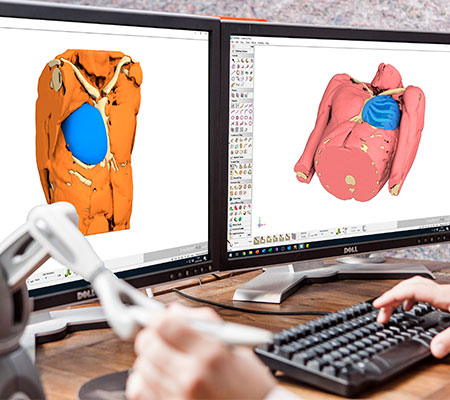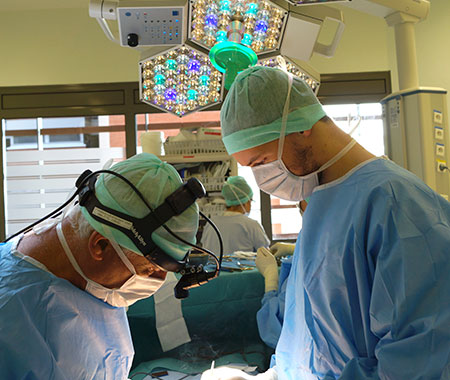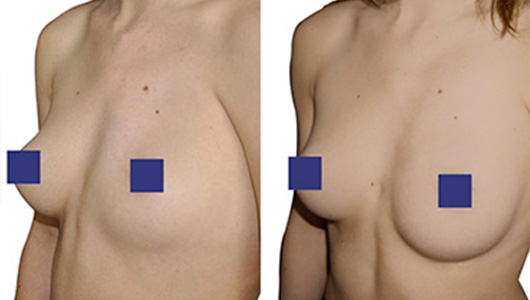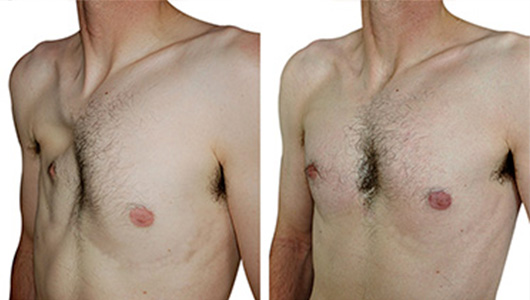Poland Syndrome : 3D custom-made implant technique
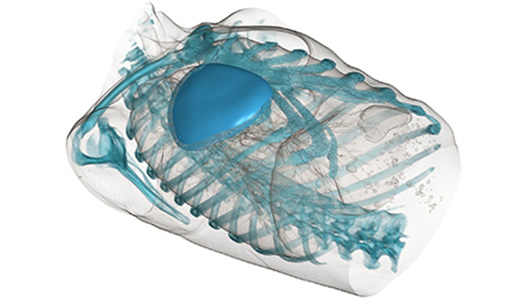
Cutting-edge technology
Implants are custom-made for each patient
- Patient's chest scan at the hospital
- Segmentation of the skin, fascia, muscles and bones enabling a digital copy of the patient
- Personalised implant design on computer
- Manufacturing of the silicone implant from the 3D digital model
![]()
The silicone implant
AnatomikModeling custom implants are made in gum or silicone elastomer and are definitive :
- Medical-grade polymerized silicone rubber from qualified suppliers
- Smooth implants , puncture-resistant and tear-proof gum, no risk of rupture or shrink shell as for silicone gel breast implants
- implants are then manufactured by our partner Implantech according to the standards ISO 9001 and ISO 13485 meeting the requirements of the European Directive 93/42

